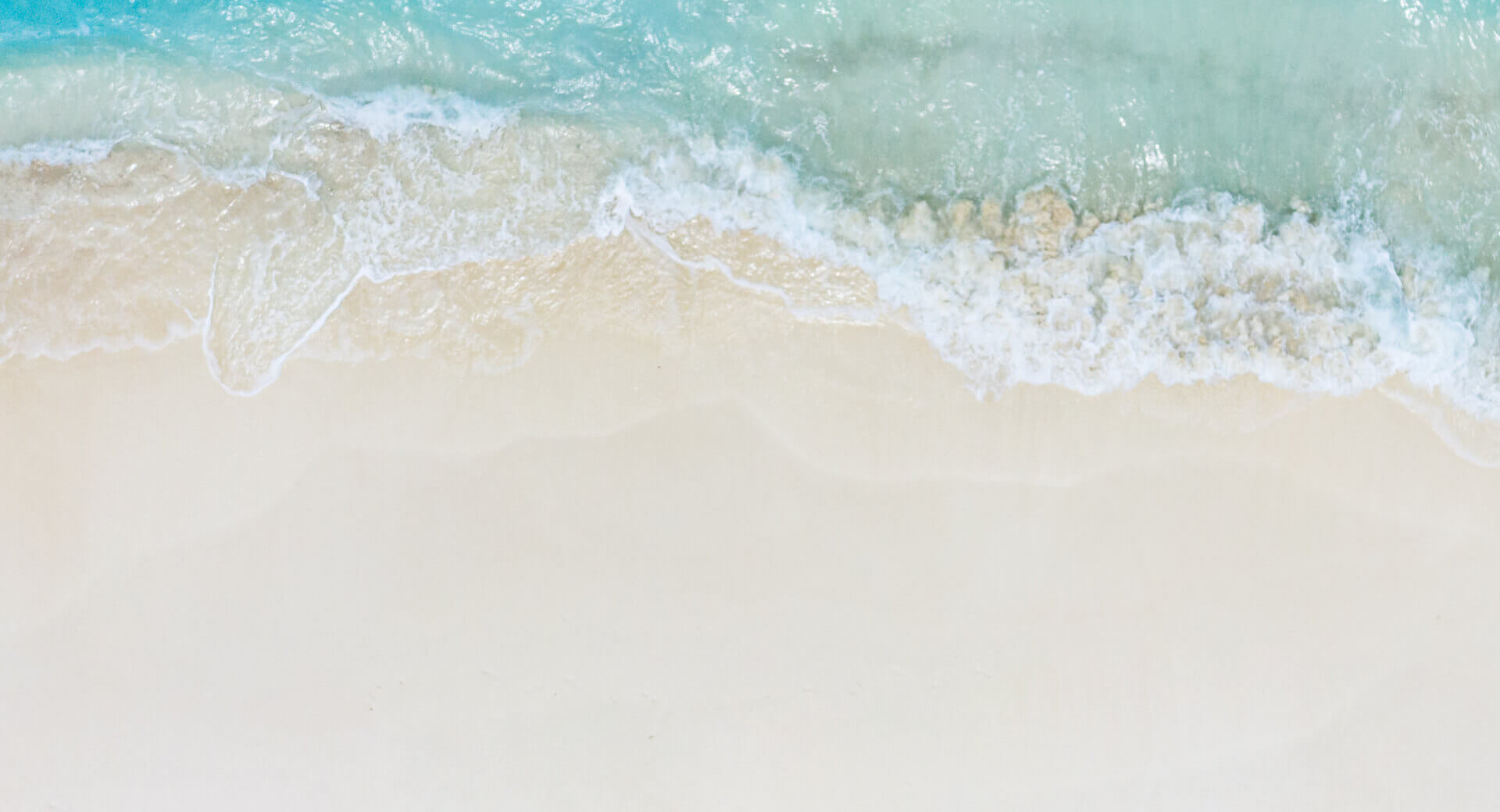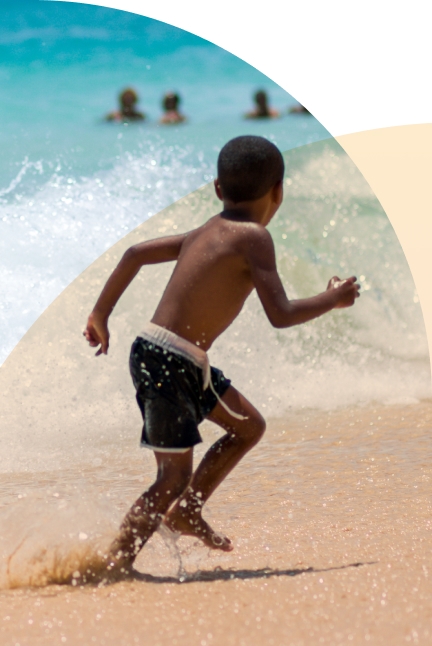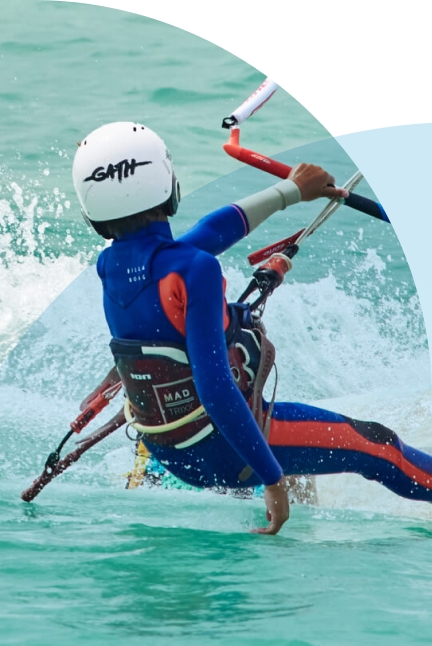

The climate in Cabo Verde
CLIMATE AND WEATHER IN CABO VERDE: ENDLESS SUNNY DAYS!
If you enjoy sunny days and pleasant temperatures, Cabo Verde is your destination.
Located in the Sahel region, between the arid Sahara desert and the humid tropical region to the south, the archipelago has an arid and semi-arid climate.
This geographical position translates into a long dry season, especially between the months of November and July, which is interrupted by only 3 wetter months. In the so-called rainy season, rainfall is concentrated on just a few days.
Islands with more rugged terrain, such as Fogo Island, Santo Antão Island, Santiago Island, São Nicolau Island and Brava Island, benefit from greater rainfall. The result? Green emerging in landscapes that are full of life.
Average temperatures in Cabo Verde
During the day, average temperatures in Cabo Verde vary between 24ºC and 28ºC. At night, temperatures range between 21ºC and 26ºC. And throughout the year, from January to December, there are more than 4,000 hours of sunshine, perfect for exploring the islands and enjoying the beautiful beaches and breathtaking landscapes.
The sea water temperature is also very pleasant, ranging from 21ºC in February and March to 25ºC in September and October, which makes Cabo Verde an excellent destination for those who enjoy sun and beach holidays, with a dip in the sea.

Rainy season in Cabo Verde
Even in the rainy season (from August to October), rainfall is low, which makes each day an opportunity for outdoor adventures. At this time of year, the archipelago reveals itself to be magical. The vegetation takes on new life and each landscape is framed by lush, lush greenery.
An interesting fact is that the rainy season coincides with the hottest months of the year in Cabo Verde: August, September and October.
When it rains, some outdoor activities can be compromised. Visibility in water activities is reduced and hiking and mountain climbing can become more demanding due to the wet ground.
But in Cabo Verde, nature always compensates. And the archipelago's response to the rains is its islands adorned with a green blanket.

The mysticism of Harmatão or Dry Mist
The dry season in Cabo Verde runs from November to July, with January and February being the mildest months, with average temperatures around 23ºC.
Between December and February, Harmatão occurs, a phenomenon also known as Dry Mist or Lesta.
The dry wind that comes from the Sahara Desert brings with it some dust that clouds the skies of the archipelago. During these days, Cabo Verde is enveloped by a mysticism of its own that transforms the landscapes.
The dry mist, which can be felt with greater or lesser intensity depending on the year, provides important nutrients to terrestrial and aquatic ecosystems, but also influences the waves of the sea and visibility, sometimes affecting flights and maritime navigation of small boats.
This wind, which resembles a thick fog, can affect the plans of those who want to take professional photographs with maximum visibility or explore marine life in the warm waters of the archipelago by diving.
It can also be harmful for those who suffer from respiratory problems, and it is recommended to wear masks during these days.

The weather and outdoor activities
Whatever the time of year, Cabo Verde is an invitation to explore the beaches, relax in the sun or venture into the most diverse activities related to nature and adventure sports.
Throughout the year, you can feel the warm breeze that blows stronger between October and April, which makes this period a great time to practice sports such as surfing, kitesurfing and windsurfing.
Surfboards add colour to the sea of Cabo Verde from October to March, with the peak of the season being the months of December and February.
The windsurfing and kitesurfing season runs from November to May, with stronger winds between January and April.
For those who enjoy discovering the landscapes on their own two feet, along trails and walking routes, the best time for hiking and trekking is from October to May.
At any time of the year, you can try out a variety of activities such as stand-up paddleboarding, sport fishing, diving, mountain biking, buggy rides and animal watching, including the nesting of sea turtles (from June to October) on the islands of Sal, Boa Vista, Maio and Santiago.

Weather recommendations
To make the most of your stay in Cabo Verde, we recommend that you protect yourself from the sun with a hat, sunglasses and a good sunscreen, which is essential to avoid sunburn, especially on the beach or during outdoor activities.
Try to wear light clothing made of breathable fabrics, such as cotton, drink plenty of water and avoid direct exposure to the sun during the hottest hours of the day. If you plan to explore nature, remember to wear cool, comfortable shoes.


Explore Cabo Verde
Sun and beach, mountain trails, landscapes of a nature that so easily springs up everywhere and a wealth of customs and traditions that does not translate into any price: Cabo Verde is a paradise that rests by the sea.
With the morabeza of the people and the magic that is only found in Islands of sun and sea, this archipelago is a universe of experiences to discover.
FREQUENTLY ASKED QUESTIONS ABOUT THE WEATHER IN CABO VERDE
Cabo Verde is an archipelago blessed by nature, where you can enjoy very pleasant temperatures all year round.
Even in the rainy season, which runs from August to October, rainfall is low and the average temperature during this season is around 29ºC.
Therefore, the best time to visit Cabo Verde varies depending on your interests:
Dry Season (November to July): this is a great time for beaches, outdoor activities and water sports, with a stable climate, mild temperatures and low rainfall. If water sports require the action of the wind, as is the case with kitesurfing, the best time is between December and March.
Rainy Season (August to October): during this time it is normal to expect rainfall, even if only for a few days. If you are interested in admiring nature, know that during this time the vegetation is greener and more exuberant, you can even see several waterfalls, and the beaches are less windy.







